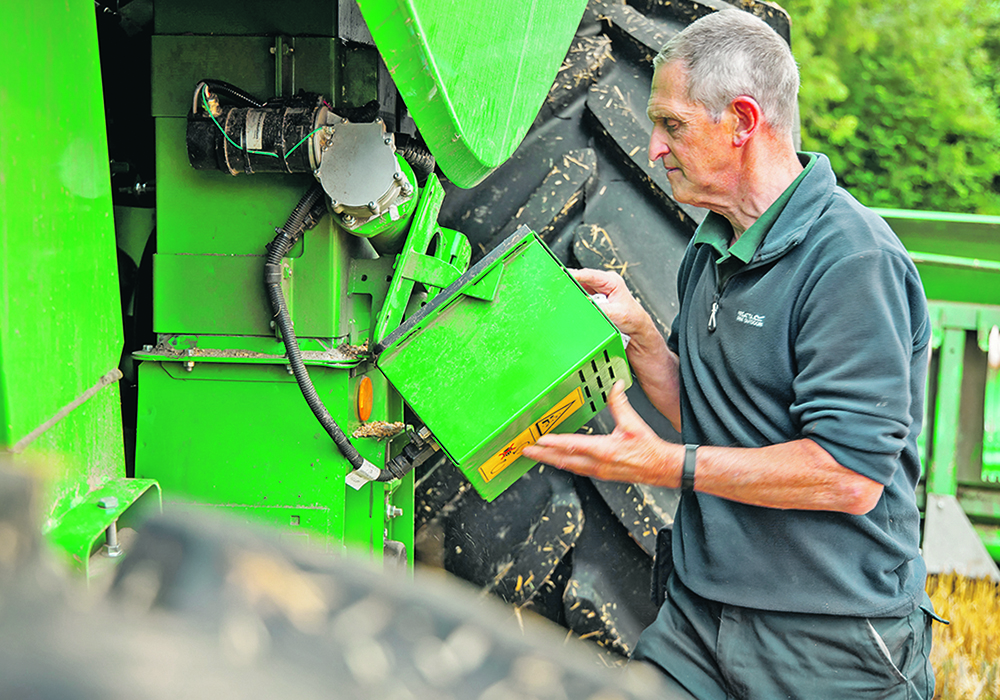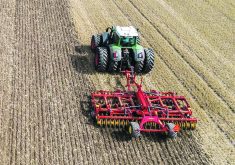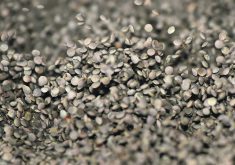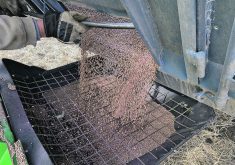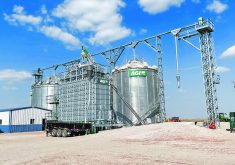PCT Agcloud and John Deere have a deal designed to help small grains, corn and soybean growers improve field maps and manage grain.
Deere’s operations centre can now share data with PCT Agcloud, which will allow users of Deere’s HarvestLab 3000 grain sensor to use Agcloud’s Protein Pro.
Christopher Murray, the go-to-market manager at John Deere, said Australian-based PCT launched Agcloud in 2001.
“They’ve really advanced at processing data in the precision ag market. They take yield maps and other data and help customers analyze that data, and their product really complements a lot of what we do in John Deere operations centre,” Murray said.
Read Also

New program aims to support plant-based exports to Asia
Understanding the preferences of consumers in Taiwan and how they differ from Indonesia or Malaysia isn’t easy for a small company in Saskatchewan.
John Deere made its HarvestLab 3000 sensor available earlier this year as a retrofit for 2018 and newer John Deere S700 series combines.
The sensor is attached to the clean grain elevator on the combine, and a motor-driven auger pushes grain in front of the near-infrared sensor as the combine moves through the field.
The technology monitors harvested grain and allow growers to increase resolution of their harvest maps, with protein, starch and oil values accessible on the fly.
So far, it can be used for wheat, barley and canola.
With HarvestLab 3000 system connected to Protein Pro, Murray said farmers will benefit.
“They can take the data coming from that Harvest lab 3000 grain sensing and they can make a protein map, they can make starch maps, nitrogen removal maps. Their software really complements what we do in helping those customers and data-based decisions.”
Protein Pro automatically cleans and edits data coming off the field from multiple machines. It helps create field zones, as well as nitrogen removal and nutrient replacement data when soil test and application data is available.
Murray said farmers no longer have to manage different pieces of software to create such detailed maps. Instead, they can log on to their operations centre and the information and maps will be available once Protein Pro is connected.
“They (users) would go into what we call the field analyzer tool and that’s where they can see their yield map. They can see that protein map, oil levels, moisture levels, all those different constituents that we’re measuring and it all flows seamlessly back into the operation centre,” Murray said.
“So, if you’re harvesting your canola, you get that real-time readout inside the cab. You know what your yield is, you can see what moisture levels are.”
He said the system will help growers manage their grain because it can help segregate during harvest. For instance, growers can use separate bins for grain with specific qualities. If the crew is harvesting wheat in an area with relatively higher protein levels, truckers can be given a specific bin destination.
Yield map layers created by Protein Pro, including the protein map, can also drive better agronomic outcomes in subsequent crop years, said Murray.
“With the nitrogen removal map, there is a direct correlation between the amount of protein in the crop to the amount of nitrogen removed.
“For the next season, they can easily identify areas where they need more nitrogen or less. They can work with their agronomists to write that prescription and go out and put down what they deemed the appropriate amount of nitrogen for that field for that crop.”
In subsequent years, nutrient applications maps created by Protein Pro can be evaluated by using profit maps also created by the program.




